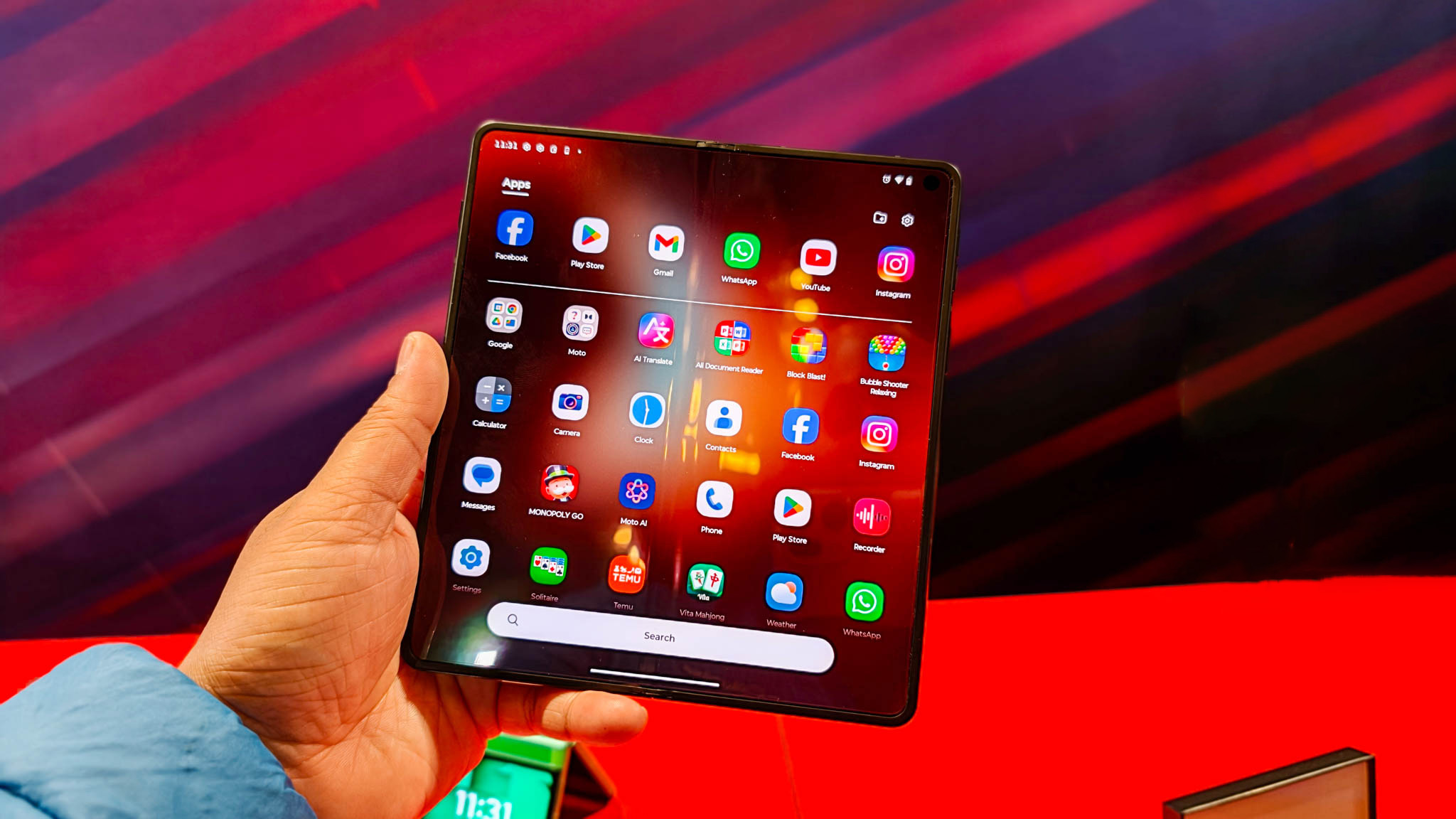Samsung aside, most Android brands aren't passing the Android 12 test
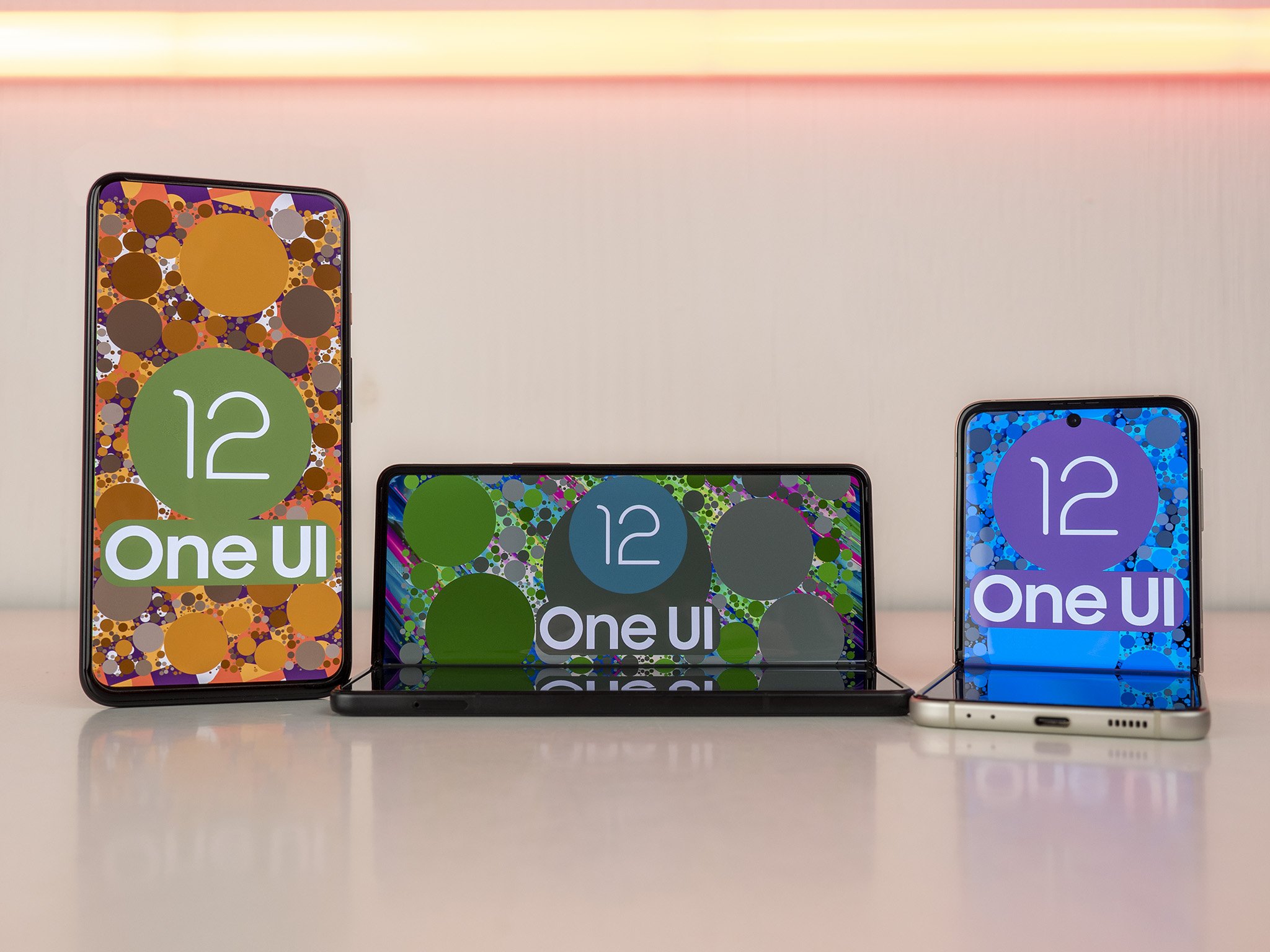
It's been nearly four months since Google rolled out the stable Android 12 build to the Android Open Source Project. Most Android OEMs have used this time to bring Monet color theming, better privacy features, and other new tools to their 2021 flagship phones. But it's been a difficult update season for almost everyone — including Google. Unless you own one of those flagships — or a Pixel or recent Galaxy phone — you're likely still waiting for your update.
One of my jobs at AC is to let people know when their phones will get Android 12, but that job's been made difficult by the fact that many brands aren't releasing proper roadmaps like they have in years past. And several times, an OEM has proudly released an A12 update only to roll it back once users encounter tons of UI-breaking bugs.
So with most devs on track to slow-drip Android 12 updates throughout 2022 — and to give users no advance notice of when they'll receive them — we've decided to give Android OEMs their first Android 12 update report card. We're grading and ranking them based on how many phones they've updated relative to their list of eligible phones, how well the updates have gone, whether we have a roadmap, and how well they're doing compared to previous years.
Spoiler alert: Samsung is the top student correcting the teacher's mistakes, several popular brands are struggling with the coursework, and a couple wayward students have been ditching class and are stuck on last year's curriculum.
Top of the class: Samsung
In at least some territories, Samsung has rolled out One UI 4 for the Galaxy S21, Note 20, S20, Note 10, S10, Z Fold, and Z Flip series, plus the Galaxy A52 5G, S7, and S7+. All in all, that's two dozen phones and tablets, many of which weren't slated to receive the update until February.
Samsung has scaled up the number of phones it updates while maintaining the same speed.
Samsung's update rollout wasn't perfect. Z Fold 3 and Z Flip 3 owners encountered a Play Store compatibility bug that caused varying degrees of issues, from screen flickering, dark mode, and sluggish performance to actual bricking of phones in severe cases. Samsung and Google were able to resolve those issues fairly quickly, at least, and we haven't seen any other hiccups.
Samsung also handled One UI 3 updates just as speedily for its top phones, even going ahead of schedule for some of its older devices. Yet Samsung had fewer devices to prioritize back then because it had only recently started promising three OS updates. So by January 2021, only about a dozen phones had jumped to Android 11. Evidently, Samsung has done a great job scaling up its efforts.
Get the latest news from Android Central, your trusted companion in the world of Android
Android 12 salutatorian: OPPO
If you don't count what OPPO has done to OnePlus and OxygenOS (more on that below), the Chinese brand has done quite well for itself with ColorOS 12. So far, fifteen phones have received Android 12 in Asian territories through January, including the Find X3 Pro, Find X2 series, Reno 6 series, and Reno 5 series.
OPPO nearly matches Samsung in update speed, but only in Asian countries.
Only Samsung beats that level of quantity, and we've been pretty impressed with the quality too. With dozens of phones still expected to get the ColorOS 12 beta in the first half of this year, OPPO has so far kept its phones on schedule with no issues that we're aware of.
What brings OPPO down a bit (aside from OnePlus) is that the brand has mostly left its European users to wait. Only the Find X3 Pro and A73 5G were slated to receive the stable update in January; that's quite a step back, considering OPPO doesn't even release as many phones in the WEU territory. You'd think it could prioritize those more if it wants to keep growing its presence there.
Two steps forward, one step back: Nokia

HMD Global rightfully came under a lot of criticism for its Android 11 rollout. It didn't deliver its first update until early February 2021 after promising the rollout for four phones in late 2020. Several other updates were pushed out into summer and fall, and the devs eventually admitted they couldn't deliver it to the Nokia 9 at all due to camera incompatibilites. At the time, I warned that Nokia phones had something to prove with its 2022 updates.
So far, I'd say HMD Global deserves full credit for a much better rollout this time around. So far, the Nokia X20, X10, and G50 have received the stable build, with the X20 first receiving it in mid-December. And several other phones like the Nokia XR20, 8.3 5G, 3.4, 2.4, and G10 have been spotted on Geekbench running Android 12, indicating they're likely being beta-tested at the moment.
HMD Global has bounced back from a disastrous Android 11 rollout.
What gives me pause is that HMD still hasn't announced an actual Android 12 release timetable, after announcing one in October 2020 for the last OS. I'd speculate their approach this year is "if we don't tell people when to expect it, no one can get mad if we fall behind." I think that's a mistake, and that the brand should keep trying to give its loyal users a timetable of what to expect.
But overall, this year is much more promising than the last. The fact that Nokia can push out its updates so quickly to sub-$500 phones while other brands prioritize $1,000 phones is a major selling point for people who prefer budget Android phones.
Dropping off the honor roll: Google
For years, we took it for granted that Google releases the Android OS source code and its Pixel OS update on the same day. But this year, it took a month longer than usual to push the source code, then released its own Android 12 Pixel skin a few weeks later. While we generally love how Android 12 performs on the Pixel 6 and Pixel 6 Pro, the bugs and issues with their software over the past couple of months are well-documented.
Google did manage to finally resolve many of these issues in the January update, but only after its December update caused signal issues that forced users to factory-reset phones and Google to postpone fixing months-old bugs for another month. We polled our Pixel 6-owning readers and found 68% had no problems but 32% did, a significant number.
By the time the Pixel 6a or Pixel 7 arrive, we can only hope that Google starts to run its next software OS more cleanly, and can actually release it on time.
Promising but confusing: Xiaomi
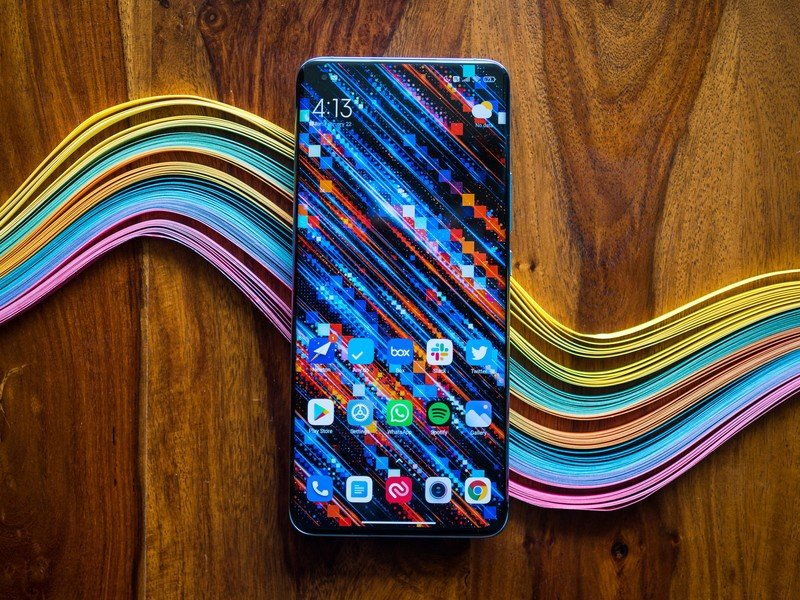
Xiaomi marches to the beat of its own drum when it comes to pushing updates...and naming them. It launched MIUI 12 with Android 10 features in September 2020, then MIUI 12 Android 11 starting that December. MIUI 12.5 arrived the following year, with a MIUI 12.5 Android 12 beta arriving in August 2021. And now, the company is hard at work on MIUI 13, but some phones will get MIUI 13 Android 11 instead of 12, at least initially.
Put plainly, even though MIUI 13 will come to some Xiaomi phones in Q1 2022, including the Xiaomi Mi 11, Xiaomi 11T Pro, and Redmi Note 10 Pro Max, it's not clear how much of Android 12 Xiaomi will incorporate into this update.
The Android 12-based MIUI 13 China Beta 22.11.17 build has apparently added dynamic theming support, according to the "Xiaomi With You" Telegram group.
What's interesting is that this could be the first OEM implementation that's actually based on Google's "monet." pic.twitter.com/y2zGQewufqThe Android 12-based MIUI 13 China Beta 22.11.17 build has apparently added dynamic theming support, according to the "Xiaomi With You" Telegram group.
What's interesting is that this could be the first OEM implementation that's actually based on Google's "monet." pic.twitter.com/y2zGQewufq— Mishaal Rahman (@MishaalRahman) January 18, 2022January 18, 2022
We've seen evidence that MIUI 13 could have some attractive color theming based on Google's "Monet" system, but we don't know when it'll arrive. For now, Xiaomi is focusing on performance updates like "Liquid Storage" and "Atomized Memory," rather than anything we saw in stock Android 12.
Slacking off until it transfers schools: OnePlus
So far, OnePlus has updated two phones to OxygenOS 12: the OnePlus 9 and OnePlus 9 Pro. And that stable release went so badly that OnePlus suspended the rollout, then pushed it out again a week later with some bugs still present.
OxygenOS is going out with a whimper, not a bang.
Meanwhile, we know of fifteen other phones due to receive it (not counting variants). Of those, only the OnePlus 8 received the closed beta in mid-November and the open ColorOS 12 beta in January. There's no roadmap in sight, either.
In fairness, OnePlus kind of botched its Android 11 rollout. It couldn't push it to the OnePlus 7 until late March, while the OnePlus 6 didn't receive it until late August. So the brand could easily overachieve with Android 12 if the OnePlus 8 gets a stable launch soon.
As OxygenOS' last hurrah, Android 12 won't exactly inspire confidence in the brand moving forward. The OS itself is a watered-down ColorOS, and starting with the OnePlus 10 Pro, the software will merge entirely with ColorOS. We can hope that'll lead to faster updates with OPPO resources behind them, but fans of OnePlus phones may not like using them with a different software experience, so speed won't matter.
As tardy as ever: Motorola
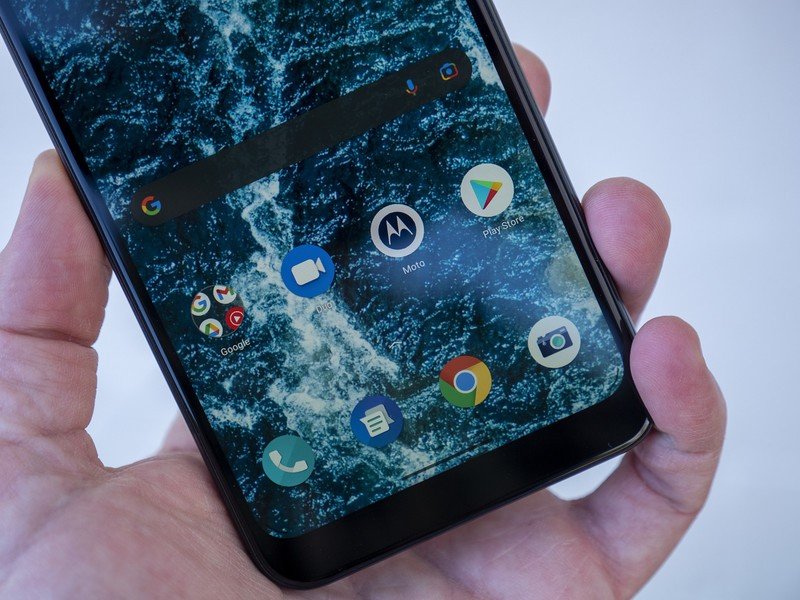
We'll give Motorola credit for releasing an actual Android 12 update list, which many brands have foregone this year. We know it will update about 25 phones to the new OS starting in February, most likely prioritizing its more expensive phones like the Razr or Edge (2021) first. And it'll receive the core features you'd want, from Material You and conversation widgets to the new Privacy Dashboard and camera/mic toggles.
With Android 11, Motorola started rolling out the OS to its first phone on February 1. So Motorola isn't behind schedule yet, and we can't exactly grade them yet either when we've yet to see a stable launch. But if you compare against Android 10, when Motorola updated its first phone in December and several others in January, it's clear the brand has regressed and hasn't managed to find its way back like Nokia did.
Held back a grade: LG, Microsoft
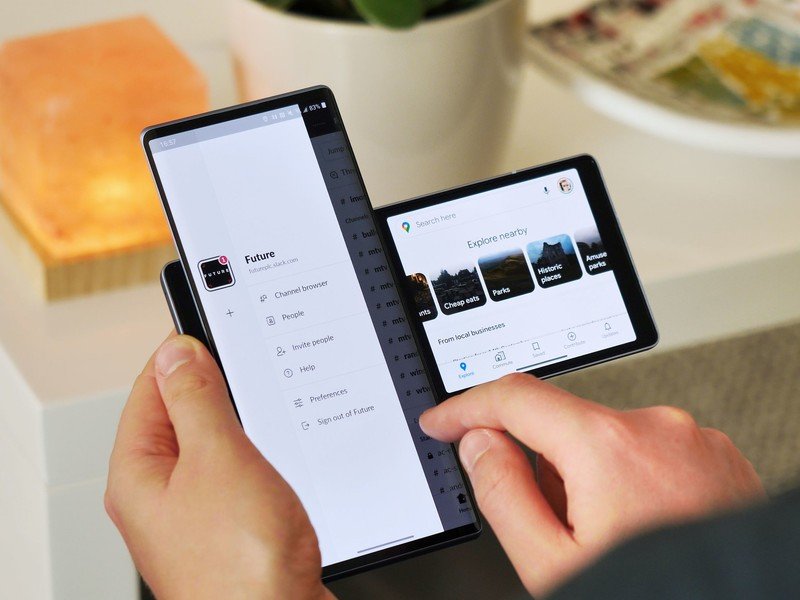
In the midst of all this exciting Android 12 action, LG updated the LG Wing to Android 11 in late December, while the Microsoft Surface Duo got the update just a couple of days ago. Better late than never, I guess!
LG has promised eight phones will receive Android 12, while two (the LG Wing and LG Velvet) will also receive Android 13. But we don't have a roadmap of when to expect it, and given LG has abandoned its smartphone business, there isn't much incentive to rush. As for Microsoft, it makes us wonder how long the Surface Duo 2 will take to get Android 12.
A few months left until graduation
For most of these brands, the true Android 12 test has only just begun, both for feature updates and security updates. Even if some jumped out of the gate quickly with their flagship updates, we'll have to see who can keep their pace with their mid-range and budget phones. And I couldn't get to every OEM in this piece: will ASUS, Sony, Realme, TCL, and the rest live up to the challenge or fall short?
Whatever happens, Samsung made a statement with Android 12, proving that their premium phones will stay a priority for updates two years after launch, where other brands leave them waiting for half a year. Whether it's because of Samsung's size and resources or because Google gave them insider access to the code throughout 2021, it's fair to ask whether any other Android OEM can match them for Android 13 or future OSs.

Michael is Android Central's resident expert on wearables and fitness. Before joining Android Central, he freelanced for years at Techradar, Wareable, Windows Central, and Digital Trends. Channeling his love of running, he established himself as an expert on fitness watches, testing and reviewing models from Garmin, Fitbit, Samsung, Apple, COROS, Polar, Amazfit, Suunto, and more.
